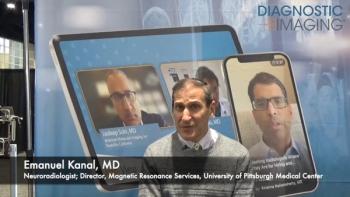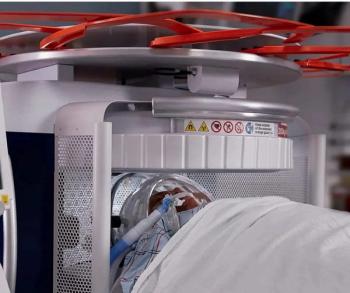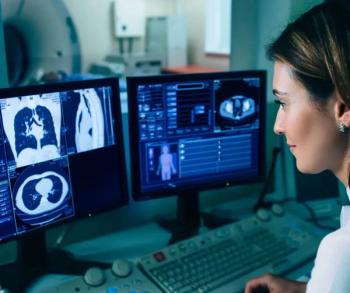
Study Finds Disparities with Follow-Up After Incomplete Mammography Exams
Emerging research revealed that Asian patients, Black patients, and those who identified their race as “other” were nearly 1.5 times more likely than White women to have more than two-month delays with follow-up imaging after BI-RADS 0 screening mammography.
A new study looking at follow-up times after BI-RADS 0 screening mammography suggested that disparities with race, ethnicity and foreign language may be associated with significant delays in care.
In the retrospective study, published by the
In comparison to White women, Black women, Asian women, and those who self-identified their race as “other” were 1.64 times, 1.43 times and 1.45 times more likely, respectively, to have delays of more than 60 days for follow-up exams, according to the study.
“Delays to diagnostic studies, biopsies, oncologic consultation, and medical surgical interventions are cumulative,” wrote Laurie Margolies, M.D., the director of Breast Imaging at Mount Sinai Medical Center in New York City, and colleagues. “Shortening follow-up at each step from screening to diagnosis has important cumulative effects.”
(Editor's note: For related content, see "
In comparison to women who filled out the initial appointment questionnaire in English, the study authors found that patients who completed the questionnaire in Spanish were 1.67 times more likely to have greater than 60 days to follow-up breast examination and 1.46 times more likely to have no follow-up exam after BI-RADS 0 screening mammography.
Identifying and addressing the causes of risk factors that contribute to delayed or no follow-up exams are critical to improving breast cancer outcomes, according to Margolies and colleagues.
In regard to study limitations, the authors acknowledged that extrapolation of the findings may be limited due to the retrospective study design and the data coming from one institution.
Newsletter
Stay at the forefront of radiology with the Diagnostic Imaging newsletter, delivering the latest news, clinical insights, and imaging advancements for today’s radiologists.




























